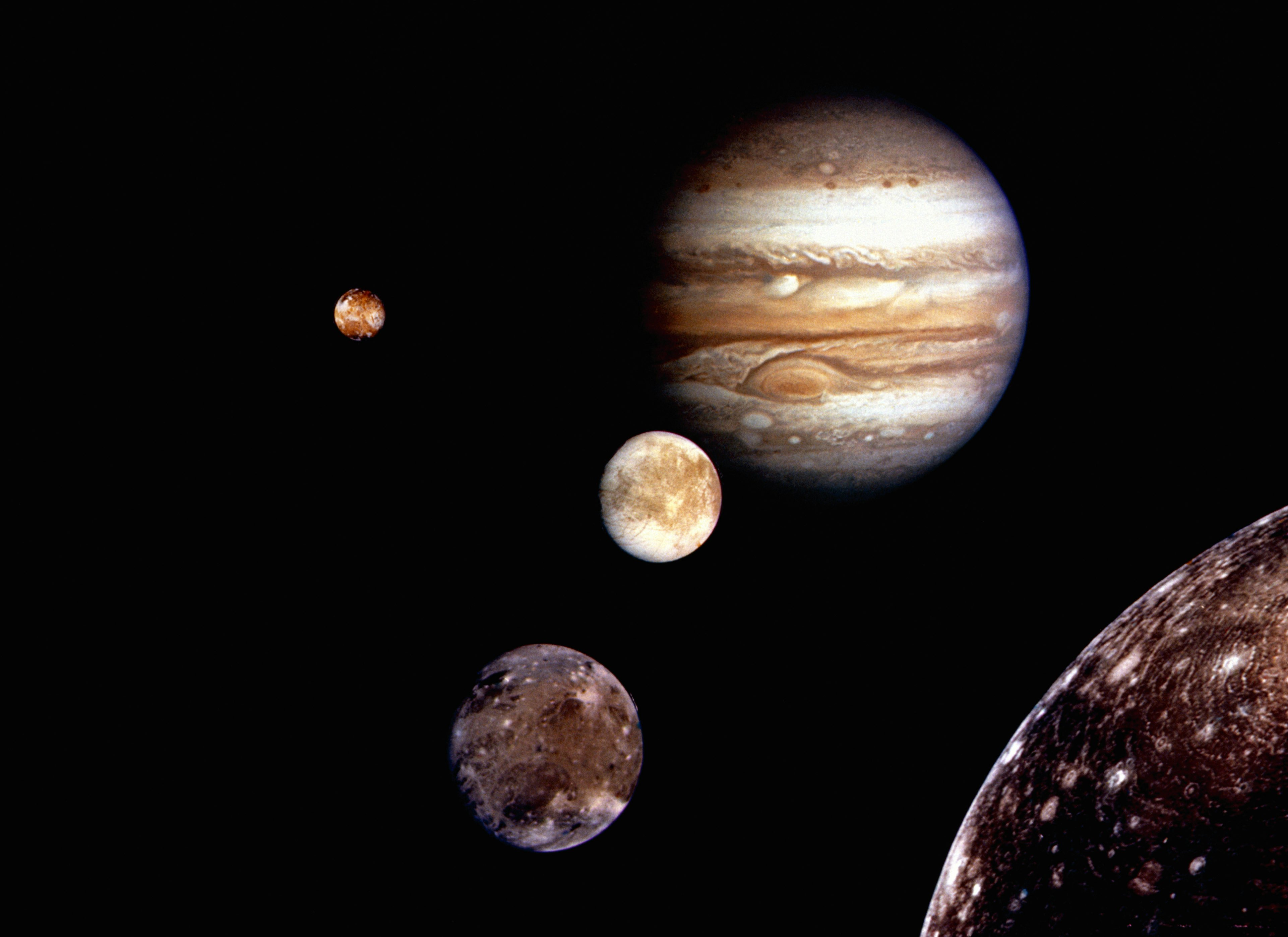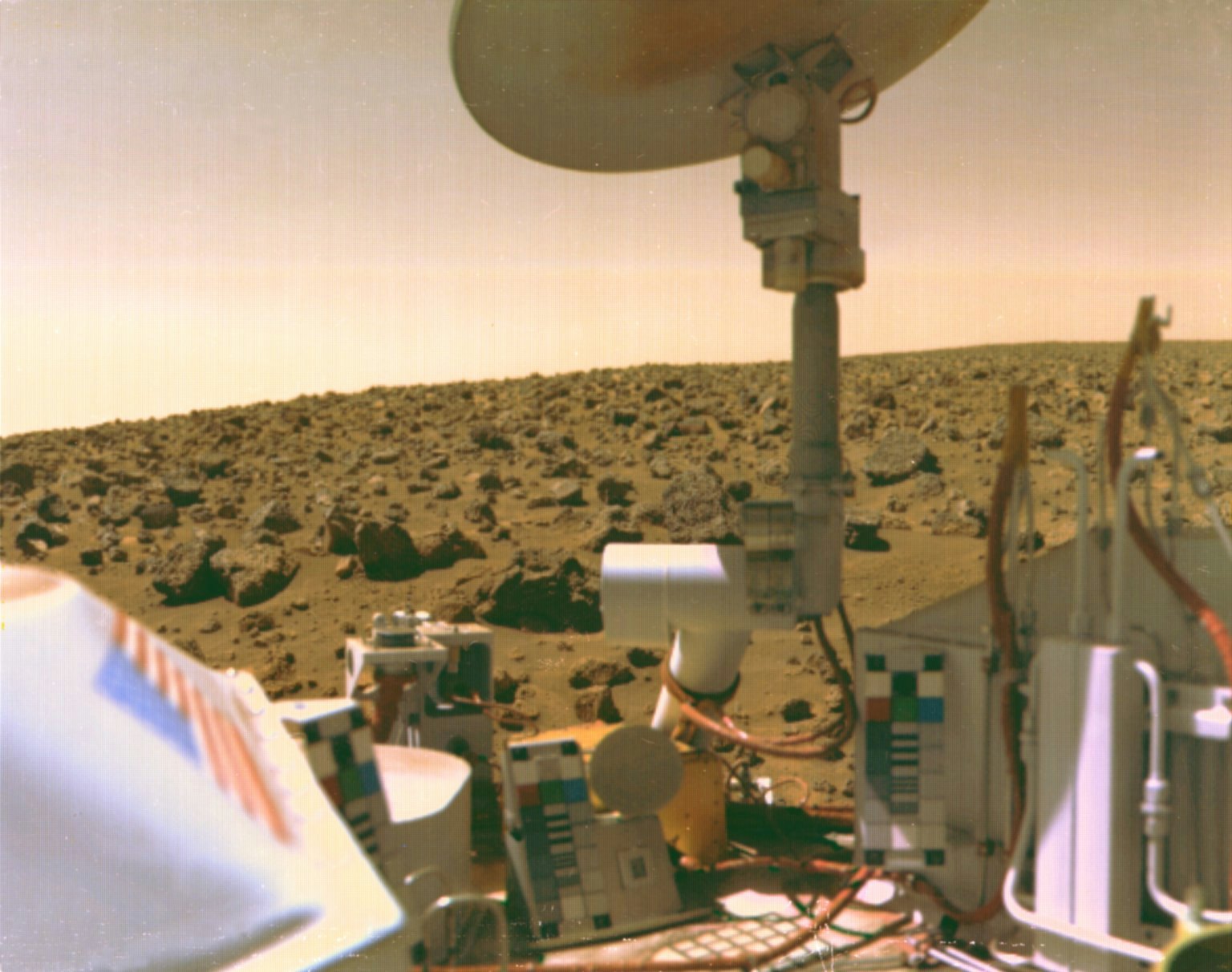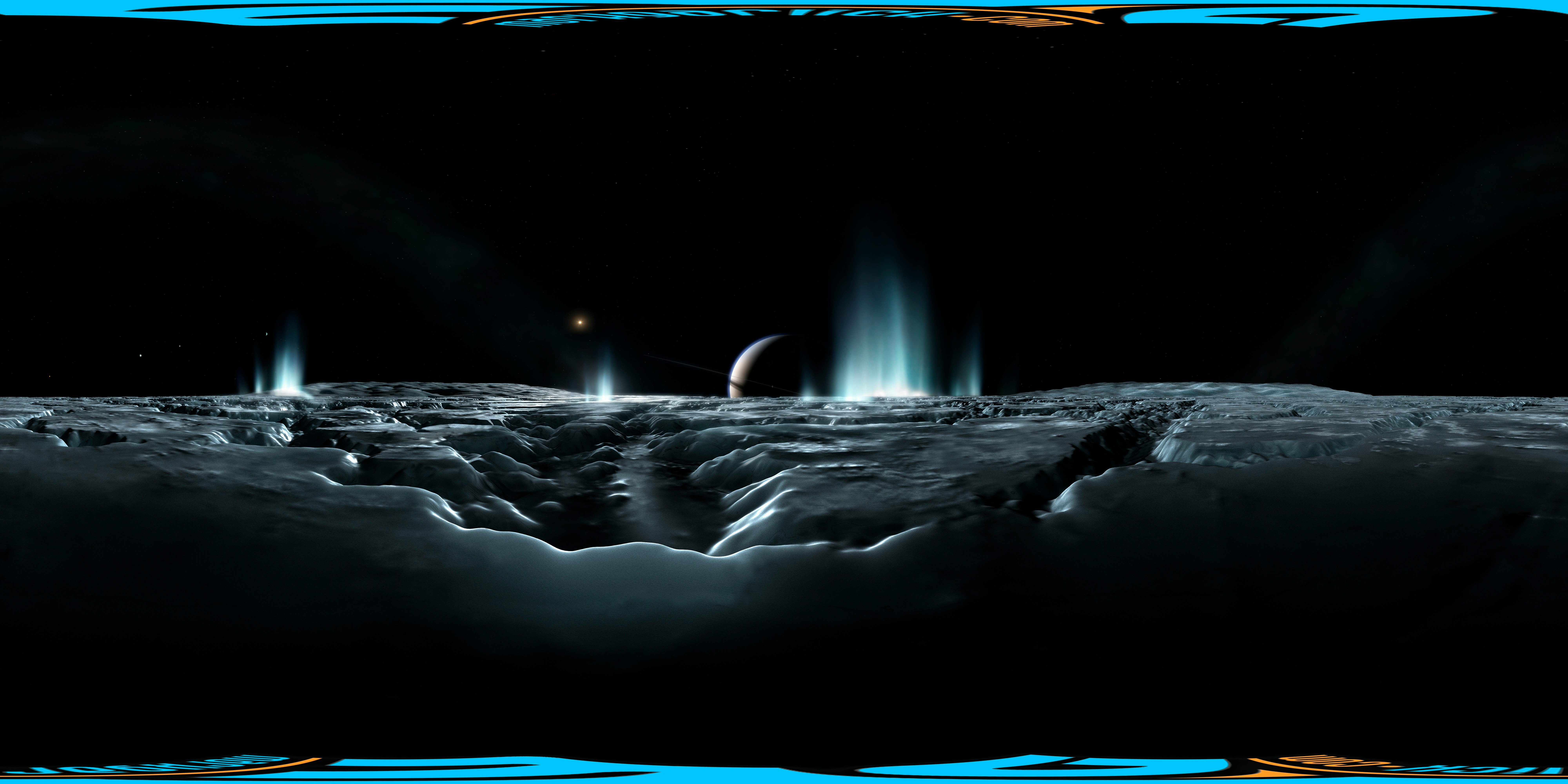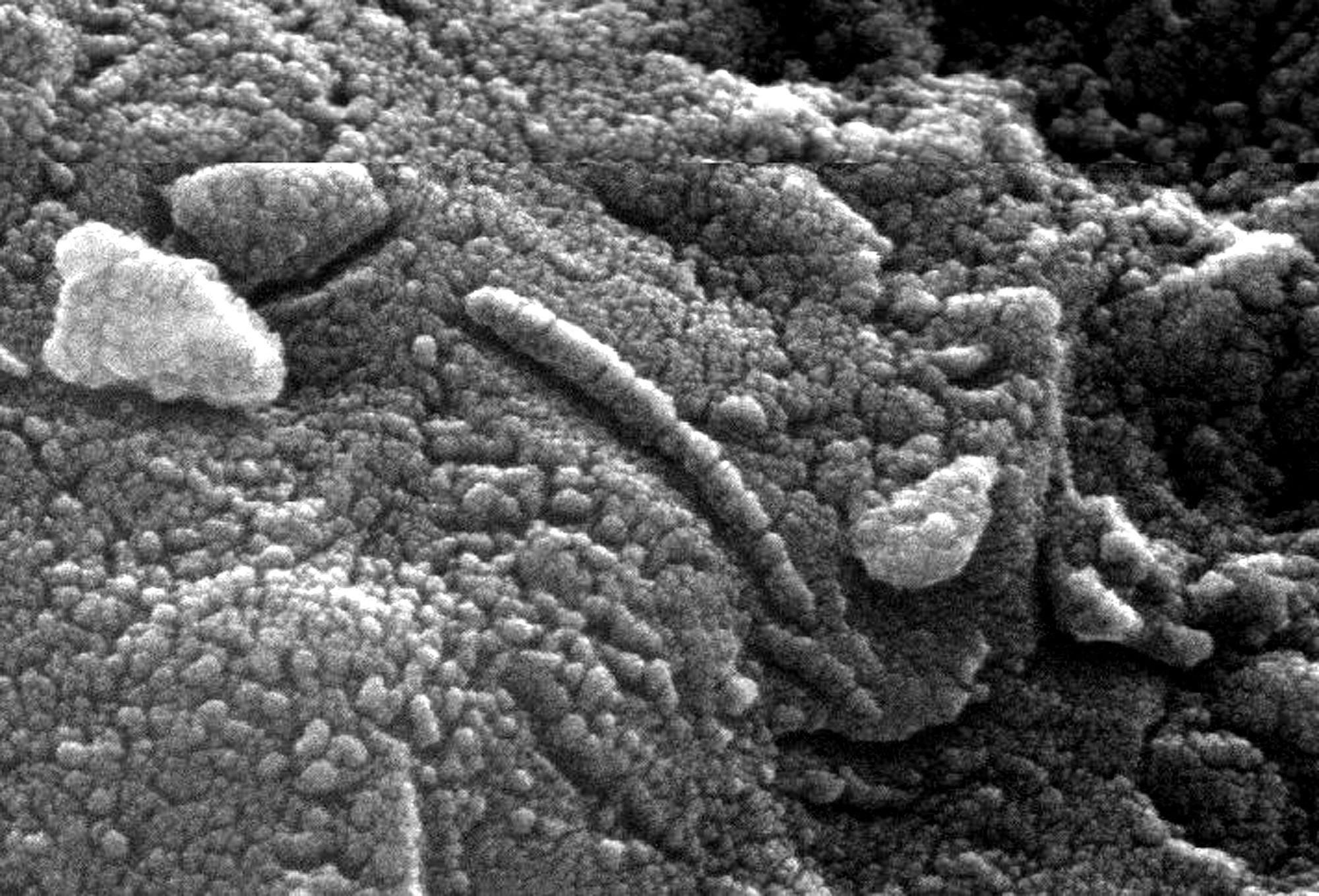
When you’re searching for signs of alien life, you’d really like definitive answers. But so far most of humanity’s forays into the Solar System seeking signs of life have returned only ambiguity.
Take NASA’s Viking 1 lander for instance. The agency designed its suite of experiments to find any signs of life, or biosignatures, on the Martian surface, returned a mix of positive and negative results that summed to an indeterminate answer — scientists found no signs of life, but insufficient evidence to say there were no signs to be found.
“We always want to avoid false positives,” University of Maryland professor of geology Ricardo Arevalo tells Inverse. But “you also want to avoid false negatives. You think, ‘oh, there’s nothing exciting to see here,’ but it turns out you may have just missed it because your technology was limited.”
Since 2014, however, Arevalo has been working with a team at NASA Goddard Space Flight Center on a new tool that might make sure future astrobiology experiments return clearer answers about what they find, and what they don’t, wherever they look.
In a paper published Monday in the journal Nature Astronomy, Arevalo and his colleagues describe a Laser Desorption Mass Spectrometer, or LDMS device using a cutting analysis tool first pioneered in the pharmaceutical industry. Using a laser to ionize material from, say, the surface ice of Saturn’s moon Enceladus, the instrument can detect larger organic compounds than any of the biosignature detecting tools currently aboard NASA missions.
“When you see things that are bigger, then you have more confidence that it could be derived from biology,” Arevalo says. “The science return on investment is enhanced significantly for life detection missions.”

What’s new? — The LDMS device described in the paper is really a combination of two pieces of equipment.
First there is the laser system, which zaps samples of material on other worlds. Using lasers for this purpose is not entirely novel. NASA’s Perseverance rover carries a Laser Induced Breakdown Spectroscopy instrument that can zap rocks from some distance away and looks for patterns in the light based on how different geological elements absorb light or fluoresce.
But the LDMS instrument is a bit different, Arevalo says.
“We're not looking at light,” he says. “We’re looking at mass.”
When you zap a bit of rock or ice with a laser, you move electrons around, giving the particles in the resulting vapor an electric charge. This allows the instrument to pull them inside using charged plates and guide them into the second part of the instrument, an analyzer known as an orbitrap.
“This type of analyzer is pretty new,” Arevalo said. “It was only invented in 1999.”
An orbitrap contains a central electrode that looks a bit like a football, he says, and once inside, the charged particles oscillate around the football at speeds commensurate with their mass. Get their mass, and you know their elemental composition, so “we can infer what the molecule is based on the speed at which it oscillates back and forth across this electrode.”
An orbitrap is not the only instrument that can analyze particle masses to determine molecular makeup, but it is one of the most accurate. Some very different molecules may possess very nearly the same mass, Arevalo says, and some instruments cannot tell them apart. But the orbitrap has high enough resolution that “you know exactly what the chemical formula is,” he says. “The reason this analyzer is so popular in pharmaceuticals and proteomics is because it has such high resolution.”

Why is it important? — The combined laser and orbitrap analyzer should be capable of detecting larger organic molecules than existing instruments, Arevalo says, such as the Sample Analysis at Mars, or SAM tool on NASA’s Curiosity rover. Instruments like the SAM work by heating samples of soil until volatile compounds begin evaporating.
“When I describe this to my students I tell them, when you bake brownies and you put the brownie mix into the oven and hit it up, you can smell the brownies,” he says. “That’s basically what happens.”
That system works well for organic compounds that easily become gas, such as methane, Arevalo says, but it can’t detect larger organic compounds like peptides, which are chains of amino acids. The LDMS instrument his team has developed can detect peptides, and while finding peptides on another world wouldn’t be a sure sign of alien life, the more complex the organic molecule you find, the less likely it is to have been created through an abiotic process.
And as Arevalo says, that gives scientists more confidence in whatever results they do get back from an experiment on a distant world, which in turn might make it more likely for a mission to get the green light in the first place.
“If you're going to spend the $3 billion it takes to develop and send a spacecraft to the surface of Enceladus,” he says, “you want to make sure that the science return is maximized because you don't know if you'll ever be able to afford to do it again.”

What’s next — When Arevalo and his team began work on the LDMS instrument in 2014, NASA was still planning on sending a lander mission to Europa, the Jovian moon which scientists believe hosts a massive liquid water ocean beneath its icy crust. It’s possible there’s some form of life in those depths, and if any of that water made it to the surface of Europa, a lander sporting an LDMS instrument could detect it.
“There was a robotic arm. It scooped ice from the surface of Europa. It dumped it into their sample handling system and it delivered to us on plates,” Arevalo says of the original LDMS system design for the Europa lander. “Then we hit the sample with our laser and we get the chemical composition.”
But by 2017, budget cuts led NASA to put the Europa lander concept on the back burner, and Arevalo’s LDMS instrument is now a tool awaiting a new mission.
“We’re not a mission concept,” he says, “But we would fit on someone else's mission concept.”
And weighing in at only eight kilograms, compared to the 40 kilograms of the SAM instrument on Curiosity, the LDMS instrument could go anywhere, from Mars to Europa, to Saturn’s moon Enceladus, another icy, ocean-hosting moon like Jupiter’s moon Europa. In fact, the Europa design might transfer quite well to an Enceladus mission, Arevalo says, and NASA is considering a flagship lander mission to the Saturnian moon sometime in the next decade — if the funding is there.
“I would say pretty much anything that, that you can baseline for Europa, could be applicable to Enceladus,” he says.







